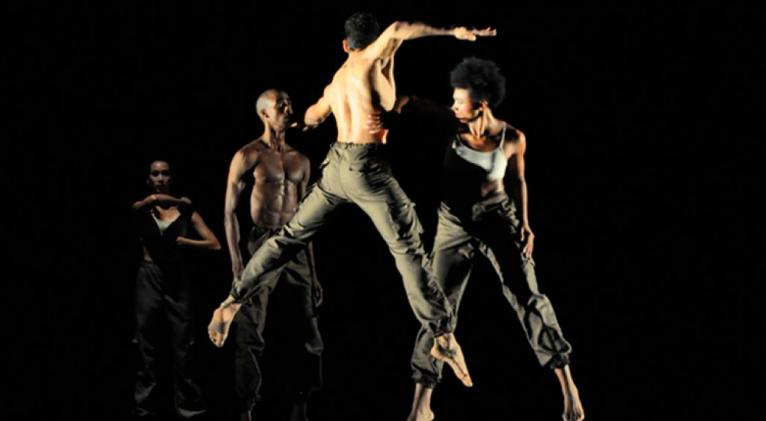Contemporary Dance of Cuba: a French History

The Cuban company starts a tour precisely in the country where it began its international journey, almost sixty years ago.
On January 9th, Contemporary Dance of Cuba begins its first international tour of the year: five French cities will host the mother company of modern Cuban dance, which will present a program that includes outstanding choreographies of the last decade.
Consagration, of the French Christophe Béranger and Jonathan Pranlas-Descours; Coil, by Julio César Iglesias; and Matria Etnocentra, by George Céspedes: these are works that walk different stylistic paths. They have something in common: the enthusiasm, strength and technical mastery they demand from a cast that, no one doubts is one of the strongest and most capable in the country ... and across the continent.
It’s been three decades since the group did not appear in France, without taking into account a few shows at the beginning of the last decade in Lyon. The public and critics in that country will have the opportunity to appreciate the work of a company that has deserved applauses in several European countries, particularly in Great Britain and Germany, its main places in that region of the world.
But the importance of this journey is that France was precisely the first country that visited Contemporary Dance of Cuba after its foundation by Ramiro Guerra, six decades ago. At that time it was called Modern Dance Ensemble, and it was planting the seed of what would be, over the years, the great movement of modern dance in the country.
The invitation was to participate in the Theater of Nations Festival, which hosted the city of Paris in 1961. It was a unique event: some of the most important scenic companies on both sides of the Atlantic met in the City of Lights. It was the opportunity for Cuba to show its new art, which had flourished thanks to the impulse of the Revolution, from the great seed of the Cuban cultural tradition.
But in April that year the mercenary invasion of Playa Girón took place, which shook the entire nation. At war it was lived. And it was precisely the undeniable force of a people, and their commitment to the new society that was forged, that guaranteed victory in just 72 hours.
The military action delayed the departure of the company. But being in France was a commitment, and a few days behind the schedule the company arrived to its destination.
These presentations at the famous Olympia Theater, at 28 Boulevard des Capucines, were a milestone for the Cuban dance: French critics warned that a new style was born. In fact, they were the foundations of an authentic school, which shifted between the North American and European aesthetics and techniques, but merged with the national heritage.
That was the beginning of a journey that has taken the company to the main theaters worldwide, throughout these decades.
The troupe now does not resemble those of years back: now there is a school that guarantees the level and availability of performers. But without Ramiro, without those first dancers, teachers and choreographers, one could hardly count on the extraordinary structure of today. Being a pioneer is usually a titanic challenge.













Add new comment